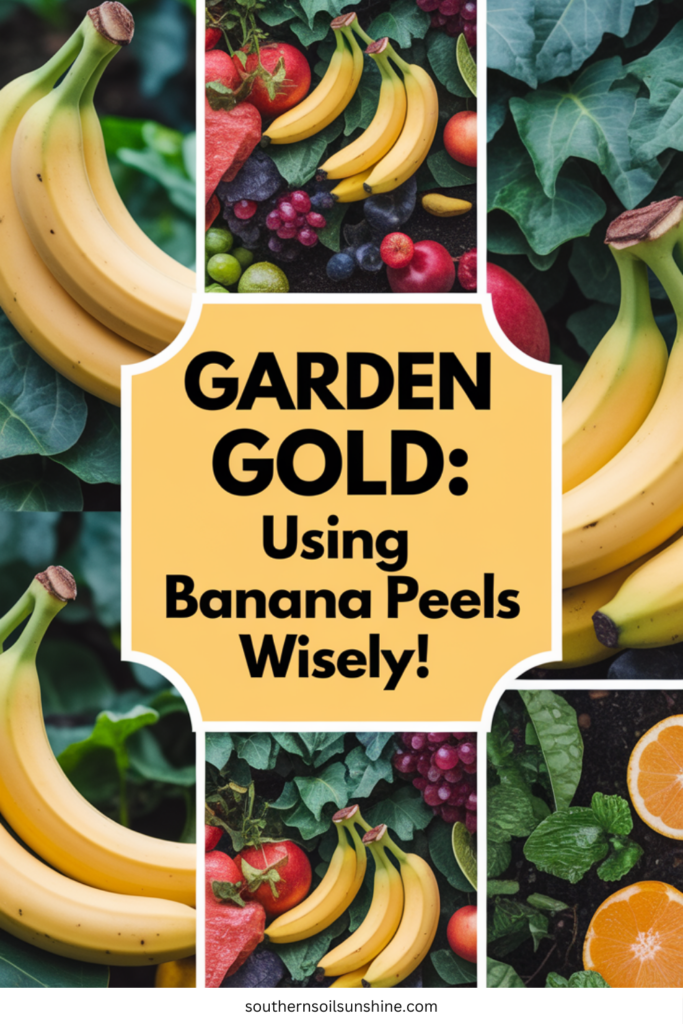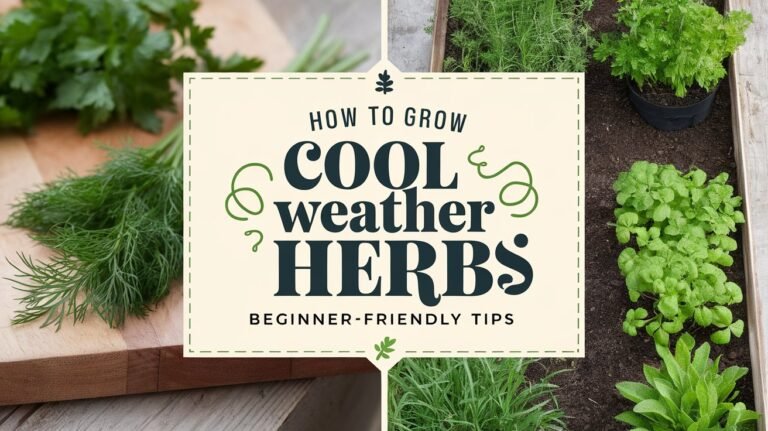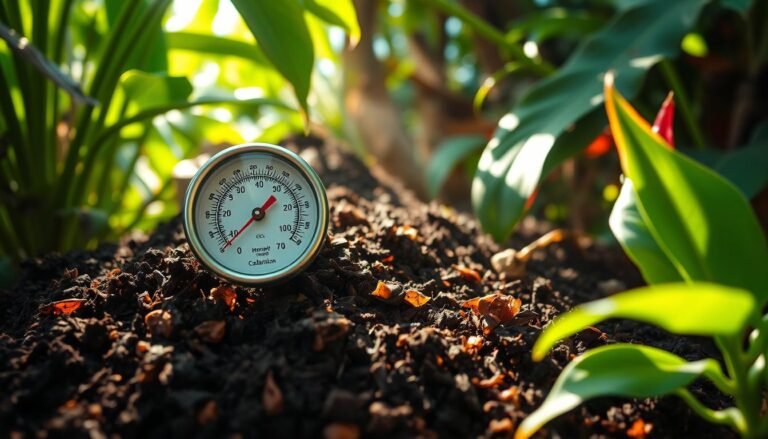Banana Peels in the Garden: How to Use Them Without Inviting Every Critter in the Neighborhood

Some of the links on this website are affiliate links, which means that if you make a purchase through these links, I may earn a small commission at no additional cost to you. As an Amazon Associate, I earn from qualifying purchases. I only recommend products I genuinely trust and believe will bring value to my readers. Also, some of the content was created with strategic use of AI tools. For more information, please visit the Privacy Policy page. Thank you for supporting my blog and helping me continue to provide valuable content.
I love using banana peels in my garden—they’re free, packed with potassium, and easy to toss in after morning smoothies. But after watching a squirrel drag one off like it was buried treasure (and a minor fruit fly fiasco in the compost bin 
Turns out, you can totally use banana peels to boost fruit production without attracting ants, raccoons, and other uninvited guests. Here’s how I’ve made banana peels work for my garden—not against it.
 Why Gardeners Love Banana Peels
Why Gardeners Love Banana Peels
Banana peels are a low-key superfood for plants, especially fruiting ones like tomatoes, peppers, eggplants, cucumbers, and squash. They contain:
Potassium – Essential for fruiting, flavor, and disease resistance
Phosphorus – Encourages strong roots and blooms
Calcium & Magnesium – Important for healthy cell walls and preventing issues like blossom end rot
Small amounts of water-soluble micronutrients
They’re also biodegradable, compost-friendly, and a natural fit for a garden that leans low-waste. But here’s the thing: raw banana peels can become a snack bar for critters if you’re not careful.
 Why Banana Peels Attract Pests (and What to Do About It)
Why Banana Peels Attract Pests (and What to Do About It)
It’s not the nutrients that cause problems—it’s the smell and texture of the peel, especially when it starts to ferment. Critters can smell them from surprisingly far away, and wet banana peels are like a neon “Buffet Open” sign for:
- Ants
- Raccoons
- Rats
- Squirrels
- Possums
- Fruit flies
The good news? With a few smart tricks, you can still give your plants the potassium boost without creating a critter carnival.
 The Best Ways to Use Banana Peels Without Attracting Critters
The Best Ways to Use Banana Peels Without Attracting Critters
There are a few golden rules I follow to make sure banana peels nourish my garden without turning it into a wildlife hangout.
 Do This / Not That with Banana Peels
Do This / Not That with Banana Peels
Do This  | Avoid This  |
|---|---|
| Chop peels into small pieces | Tossing whole banana peels on top of the soil |
| Bury them at least 6″ deep | Leaving them exposed where animals can smell them |
| Make banana peel tea or compost them | Letting them rot in a pile near your plants |
| Dry or dehydrate before adding to soil | Adding fresh, wet peels to container gardens |
| Use in sealed compost bins | Using near young seedlings (too strong, too smelly) |
 My Favorite Banana Peel Hacks That Actually Work
My Favorite Banana Peel Hacks That Actually Work
These are all methods I’ve tested in my own Zone 9 garden—no raccoon sightings since switching to these!
- Chop & Bury Deeply:
I use kitchen scissors to cut banana peels into 1″ squares, then dig a small trench (about 6 inches deep) near my tomatoes and bury the pieces. No smell, no pests, and the peels break down quickly. - Dry & Crumble:
Let banana peels dry in the sun or a dehydrator, then crumble and add to your soil mix or compost. No moisture = no smell = no pests. - Blend & Water In:
Blend banana peels with water to make a liquid feed. It doesn’t sit on the surface, so critters never know it’s there (more on this below!).
 How to Make Banana Peel Tea (Pest-Free Potassium Boost!)
How to Make Banana Peel Tea (Pest-Free Potassium Boost!)
This is my go-to recipe for a no-smell, no-mess potassium tea. It feeds plants beautifully and keeps critters out of the picture.
Banana-Peel Potassium Tea

- 2 banana peels
- 1 tbsp molasses (adds micronutrients)
- 4 cups water

- Blend everything until smooth.
- Optional: Let it sit for 24 hours for extra potency.
- Pour it at the base of flowering or fruiting plants.



 Composting Banana Peels (The Right Way)
Composting Banana Peels (The Right Way)
If you’re composting banana peels, make sure you’re not turning your bin into a fruit fly trap.
Do:
- Bury peels in the center of your compost pile
- Add lots of browns (like leaves or shredded cardboard)
- Use a covered bin if you live in a pest-prone area
Don’t:
Leave peels on top of the pile or toss them into an open bin near your garden beds. That’s like ringing the dinner bell for every backyard bandit in town.
 Troubleshooting: What If You’re Already Seeing Pests?
Troubleshooting: What If You’re Already Seeing Pests?
If you’re seeing bugs or critters, here’s how to turn things around:
- Too many ants? Bury deeper and keep banana peels away from raised beds.
- Fruit flies? You may be overloading the compost with too many fresh scraps. Add dry leaves and turn the pile.
- Smell? Use fewer peels, chop them smaller, and always bury or blend.
 FAQs
FAQs
Can I put banana peels in pots or containers?
Yes—but only if you chop them finely and bury them deeply. Otherwise, go with banana peel tea.
Will drying banana peels reduce their nutrients?
Nope! Drying just removes water. The potassium, phosphorus, and magnesium are still there.
Can I freeze banana peels and use them later?
Yes! In fact, I keep a bag in the freezer and blend them into tea when I have time.
 Related Articles You’ll Love:
Related Articles You’ll Love:
- Boosting Fruit Production with Potassium – Complete Guide
- How to Boost Flower Growth Naturally Without Synthetic Fertilizers
- Compost Tea 101: Easy Homemade Recipes That Actually Work
- How to Use Wood Ash in the Garden (Without Messing Up Your pH)
 Final Thoughts
Final Thoughts
Banana peels are like secret weapons for your fruiting plants—loaded with nutrients and easy to repurpose. But if you just toss them into the garden, you’ll probably end up feeding more than just your tomatoes.
With a little know-how (chop, bury, blend, or dry), you can turn these kitchen scraps into garden gold without rolling out the red carpet for squirrels, ants, and raccoons. Your plants—and your peace of mind—will thank you.














2 Comments